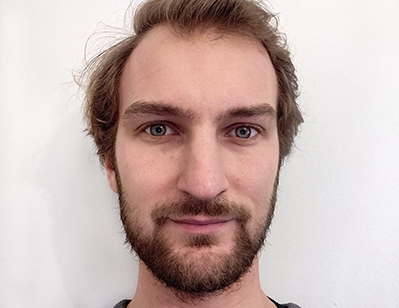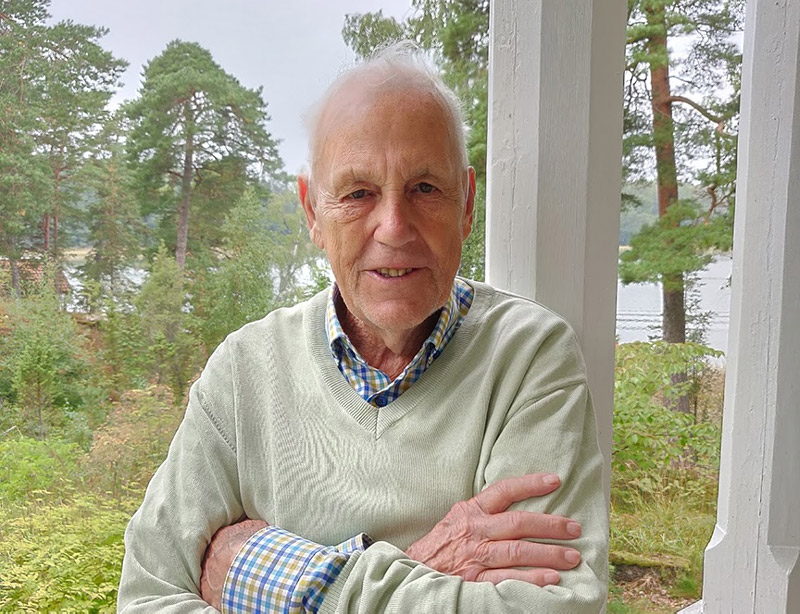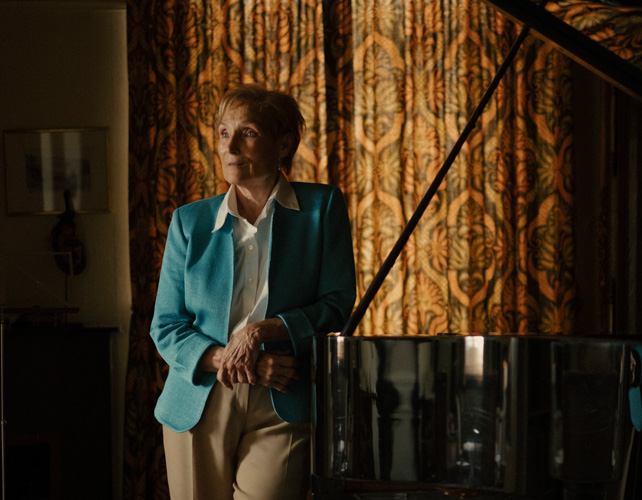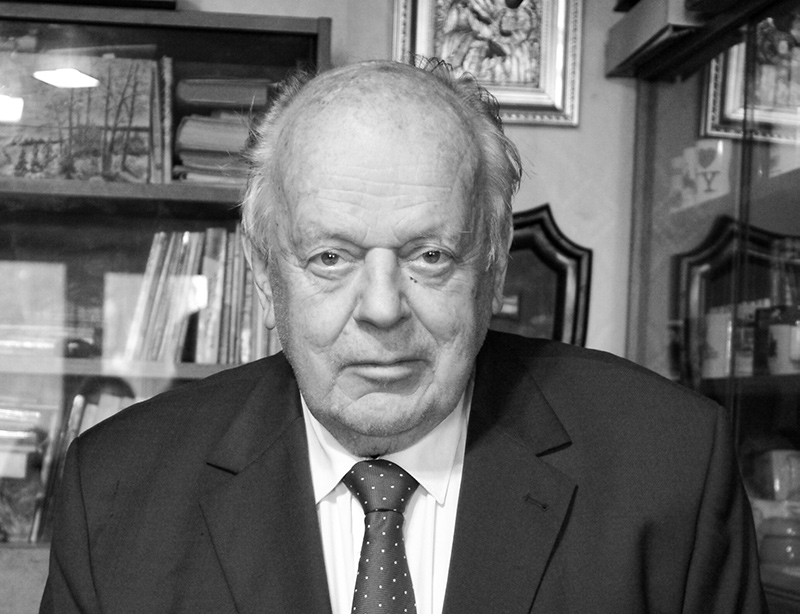Caj Bremer, born in 1929 in Helsinki, is a Finnish photographer renown for his photojournalism and photographic storytelling of everyday life, as well as pioneering the use of 35mm photography in Finland.
Caj Bremer was born into a Swedish-Finnish family, the youngest out of 6 children. He owned a little box camera in his teens, and thanks to the suggestion of his brother-in-law he tried his luck as a photography assistance assistant. He was then taken under the wings of Huvudstadbladet, a Swedish-language newspaper in Finland, where he trained as a photographer and journalist. He later worked at Helsingin Sanomat for many decades, one of Finland’s largest daily newspapers.
Bremer, whose photography covers more 10,000 pictures, travelled widely across Europe, covering for instance Queen Elisabeth’s first visit to Germany after the war. However, in the end what he says he enjoyed the most throughout throughout his career was connecting to and photographing ordinary people.
In his conversation with Viljami Kankaanpää-Kukkonen, Bremer talks about why he was never interested in war or nature photography, but always people, and why whereas everyone knows Cartier Bresson across Europe, he considered himself a poor salesman for his photography abroad.

Caj Bremer was interviewed by Viljami Kankaanpää-Kukkonen, PhD student and anthropologist at the University of Helsinki.
Interview Highlights
On being a Finnish-Swede
Finnish was a foreign language to me when I started school, because throughout my childhood in Kulosaari only Swedish was spoken, and my mother’s and father’s friends were all Swedish speakers. Finnish was very difficult for me at school, and continues to be so. When I was working at Viikkosanomat newspaper, they said that I speak the language of Bremer. My language was kind of a mix of things, but it didn’t bother me. Of course, it bothers me now when I can’t find the right words, but I can’t do anything to fix it.
I had to learn to speak Finnish. I spent most of my career working at Finnish newspapers. But everyone immediately knows that I am a Finnish-Swede when they hear me speaking.
His interests as a photographer
I was really interested in people, more than the environment, but people in their own environment, people and their thoughts. I was probably quite humane. I wanted to use photographs to relate to others what I was experiencing in different places. I had no trouble getting in touch with people – it was very easy for me. I got them to open up, and I myself was able to talk. It was just as important to me as when I got to take a photo of them. I liked those assignments both home and abroad where people were in their own environments, with their happiness and their sorrows, and everything between. […] I have never stopped or forgotten about taking photos, even when I retired. I have photographed all over the world. And I’ve always done it all by myself. I have always had a workstation at home, even when I was working at a newspaper. […] I have my whole archive here at home, and I don’t know what the fate of that archive is going to be, but it’s been fun to create different projects from it. I have about 10,000 photographs. These are the photographs I have taken for newspapers. It’s quite a number.
On the relationship between photographer and politicians
They [politicians] would perform some of their duties for example, and I photographed them doing those duties. I didn’t ever think that I’d get to know them somewhat better. I mean, I often photographed [Urho] Kekkonen [the longest-standing President of Finland and is among the most important political figures in modern Finland] but we never had any sort of relationship. I was a newspaper photographer and he was president. It wasn’t like we ever went to the sauna together or anything like that. He knew who I was, and I knew who he was, and I knew what I could do, and he did what he knew he could do. Luckily, I didn’t have to work in parliament very often. It was so boring.
On covering big international events
I haven’t been to any G7 or G8 meetings. Those are boring. When Queen Elisabeth first visited Germany after the wars, there were at least 800 journalists and I was there too as a photographer. Or when the Pope first visited Jordan and Israel, it was a huge media event. I had to represent a newspaper that nobody knew anything about or even knew existed. All the big newspapers in the world and their photographers got all the doors open, but we were probably the last on the list. This meant that we had to compete with them. I was ok there, but it’s a fact that if one newspaper has 15 or 20 photographers placed all around to photograph, compared to that, one person can’t do much at all. I was happy with what I got, and it was nice to watch how the media works at mass events as well as those self-important people, too.
On exhibiting abroad
No, [I have not had many exhibitions abroad], I mean some, but not many. I’m a really bad salesman. I don’t know how to sell my own photographs. Even my son said I could never be a freelancer, because I can’t sell myself. I haven’t sent my photographs all over the world [as] I feel that they are somehow so connected to Finland. Now there will be an exhibition called ‘Finnish everyday life’ at the Finnish Museum of Photography, and later at the Museum of Sanomat on Rikhardinkatu, my photography taken abroad will be featured. It has been featured less frequently. They have that kind of journalistic touch. There’s going to be some text accompanying the photos. People here like them because they were taken here in Finland. No one is interested in them abroad. We may be interested in Bresson’s French photographs, but in France, no one wants to go see Caj Bremer’s photographs.



